15 Inventions From Thomas Edison That Changed The World
THE ELECTROGRAPHIC VOTE RECORDER: As Edison's first patent, this device permitted voters to push a "yes" or "no" switch instead of writing their vote.

AUTOMATIC TELEGRAPH: In an effort to improve the telegraph, Edison created another, based on his perforated pen, that required no one to tap out the message at the receiving end. This new technology increased words transmitted per minute from 25-40 to as many as 1,000. Edison also eventually produced a "speaking telegraph."
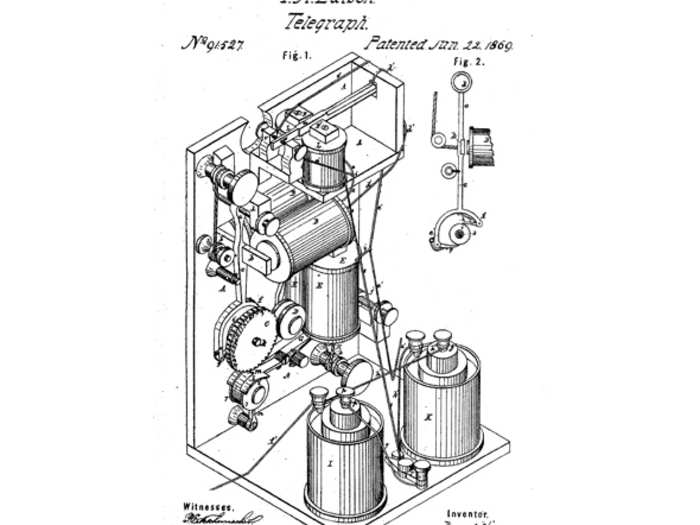
Click here to read the complete patent (6/22/1869)
Source: Thomas Edison Papers
ELECTRIC PEN: Preceded by the perforated pen, which punched holes in telegraphs, this electric pen created a stencil as the user wrote, which could be used to press ink onto paper and make duplicates.
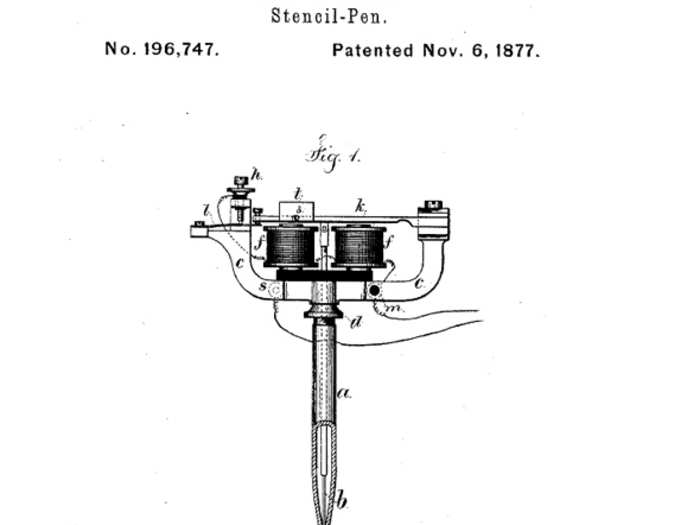
Click here to read the complete patent (11/6/1877)
Source: Edison Birthplace Museum
PHONOGRAPH: The phonograph recorded and reproduced audible sounds first using paraffin paper and then metallic foil on a cylinder. Edison created multiple versions over the years, improving on each model.
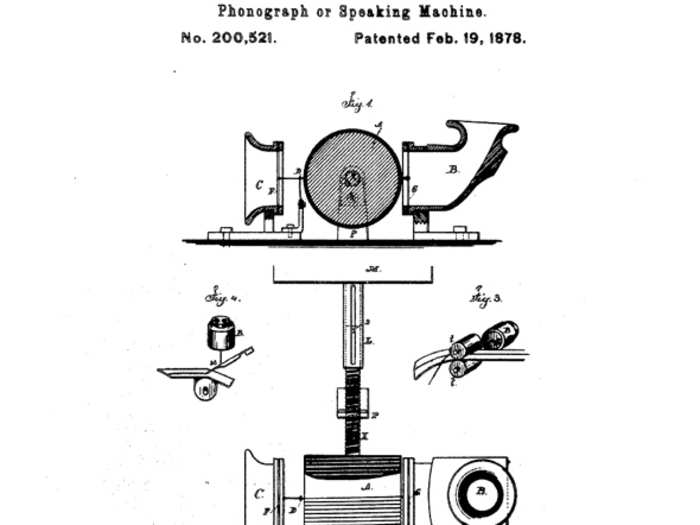
Click here to read the complete patent (2/19/1878)
Source: Thomas Edison Papers
CARBON TELEPHONE: Edison improved on a weak point in Alexander Graham Bell's telephone — the transmitter. The initial version used a magnate, but Edison decided to involve a carbon battery, which increased the signal's stability and distance.
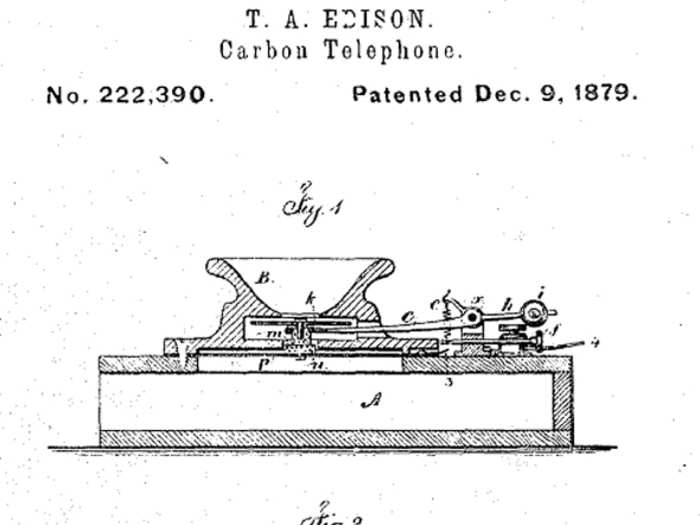
Click here to read the complete patent (12/9/1879)
Source: Thomas Edison Papers
PRACTICAL ELECTRIC LAMP: Edison's carbon filament light bulb presented the first commercially viable electric light. Previous versions couldn't match the durability and used expensive materials such as platinum.
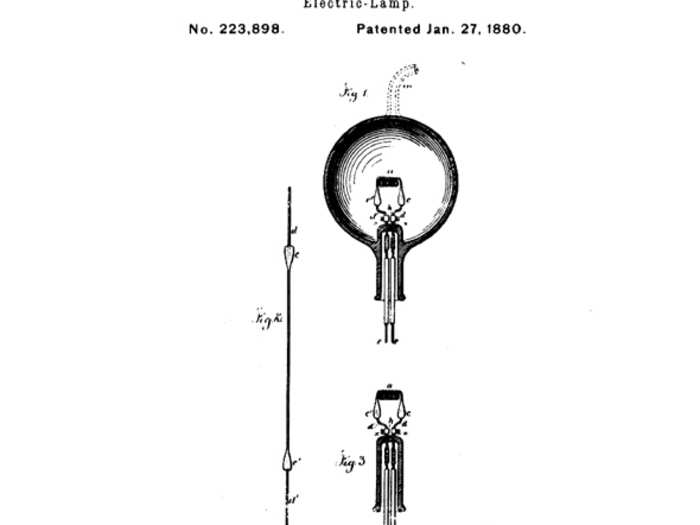
Click here to read the complete patent (1/27/1880)
Source: Thomas Edison Papers
ELECTRIC LIGHTING SYSTEM: Edison designed his system of electric lighting to maintain the same amount of electricity throughout the device. He installed his first permanent station in lower Manhattan.
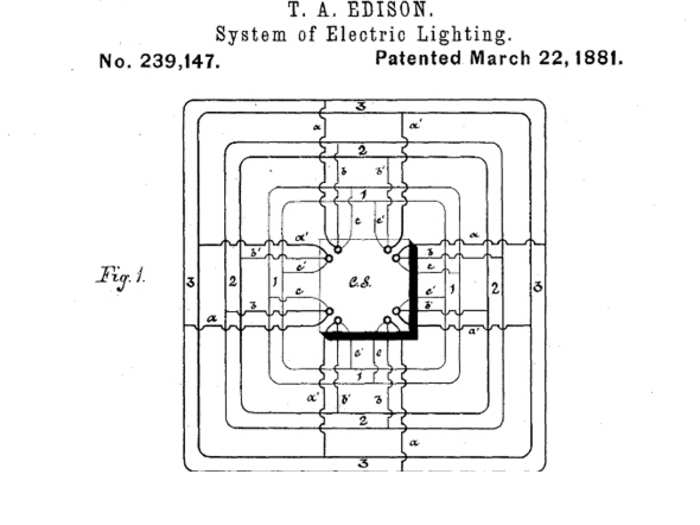
Click here to read the complete patent (3/22/1881)
Source: Thomas Edison Papers
ELECTRIC GENERATOR: Edison designed a motor to help control the supply of electricity between devices, a concept in many of his creations like the lamp.
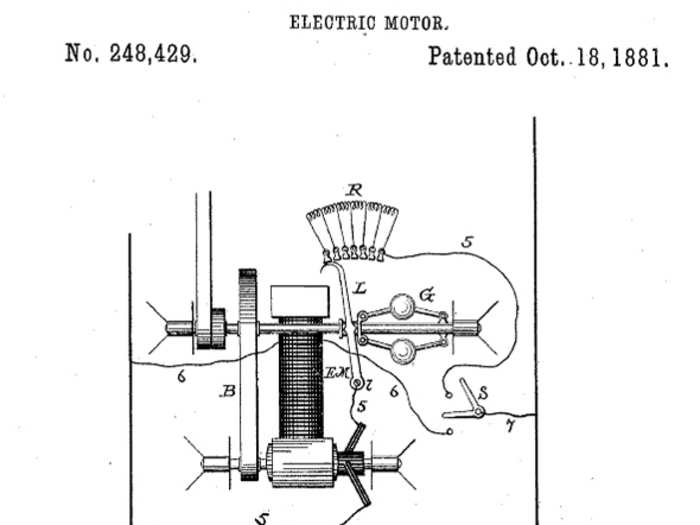
Click here to read the complete patent (10/18/1881)
Source: Thomas Edison Papers
MOTOGRAPH (LOUD SPEAKING TELEPHONE): The device lowered electrical currents from high to low, which allowed changes in production levels, like dimmer lights and louder telephones. Another one of Edison's inventions, the carbon rheostat, helped create the motograph.
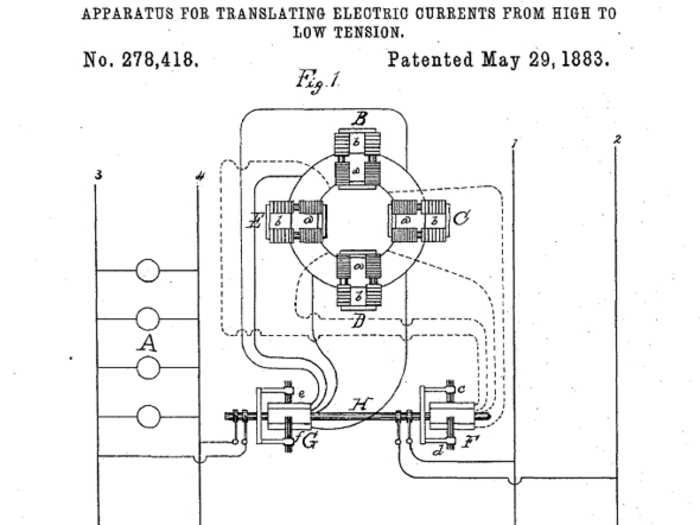
Click here to read the complete patent (5/29/1883)
Source: Thomas Edison Papers
FUEL CELL TECHNOLOGY: Edison became one of many in a long line of attempt to create the modern fuel cell, a device which would produce energy from a reaction between hydrogen and oxygen, leaving only water as a byproduct.
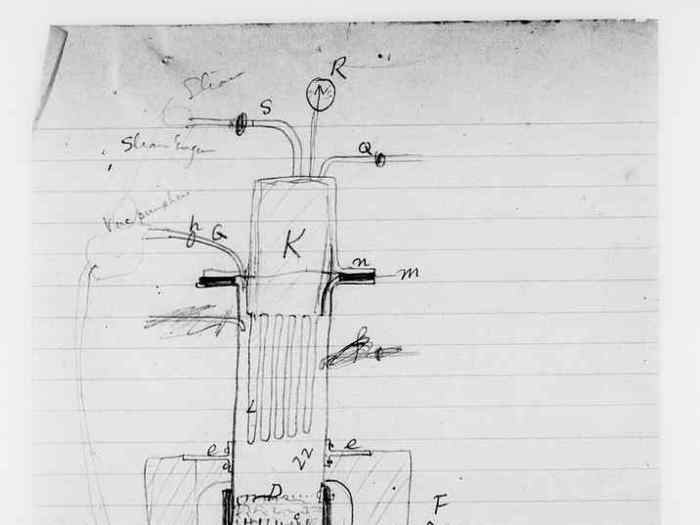
Click here to read the research (1883)
Source: Thomas Edison Papers
UNIVERSAL STOCK PRINTER: While Edison didn't invent the stock ticker, he improved upon his telegraphy technology to create a universal stock printer, which worked more quickly than the existing version and soon became a subsidiary of Western Union.
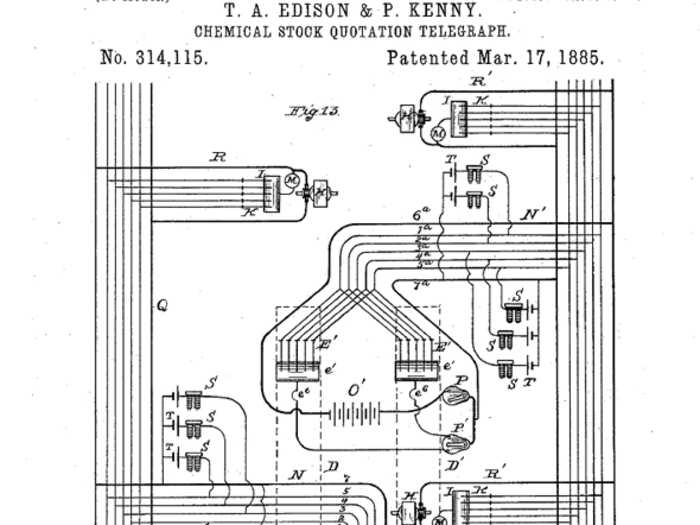
Click here to read the complete patent (3/17/1885)
Source: Thomas Edison Papers
ORE SEPARATOR: Edison designed a device that separated magnetic and non-magnetic materials. He later developed a more important milling technique which he unfortunately had to abandon because of the expenses.
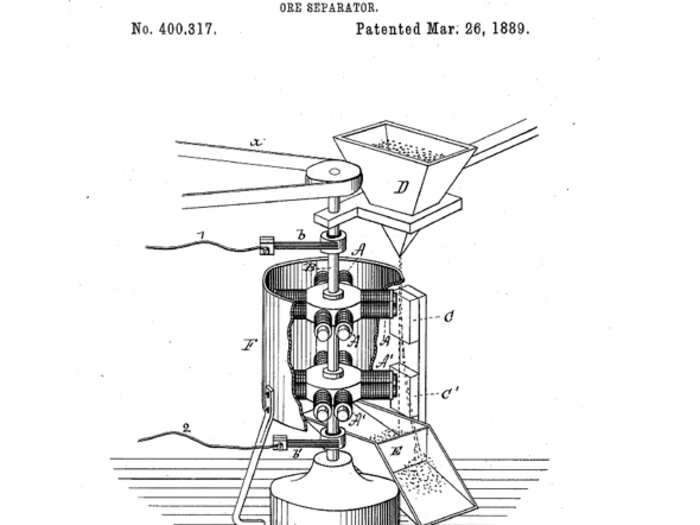
Click here to read the complete patent (3/26/1889)
Source: Thomas Edison Papers
KINETOGRAPHIC CAMERA: Edison sought to design "an instrument that does for the eye what the phonograph does for the ear." The camera showed photos in rapid succession to make them appear moving.
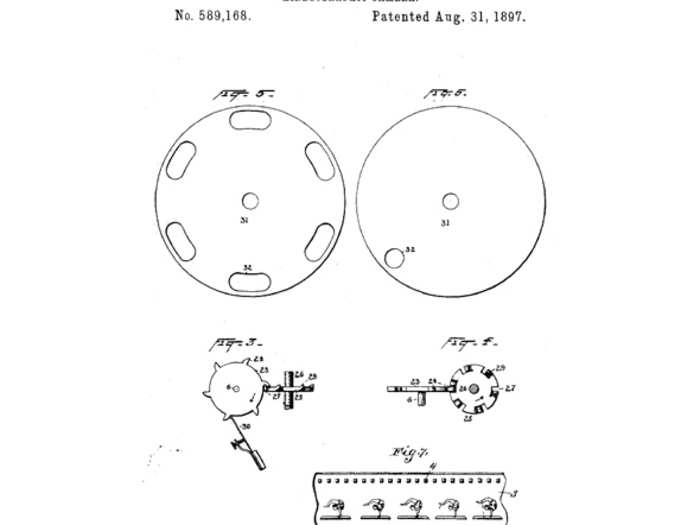
Click here to read the complete patent (8/31/1897)
Source: Thomas Edison Papers
ALKALINE BATTERY: While experimenting with an iron and nickel battery, Edison discovered an alkaline solution that produced a longer-lasting battery. The industrial world proved a huge market for his new product, which became the most successful one of his later years.
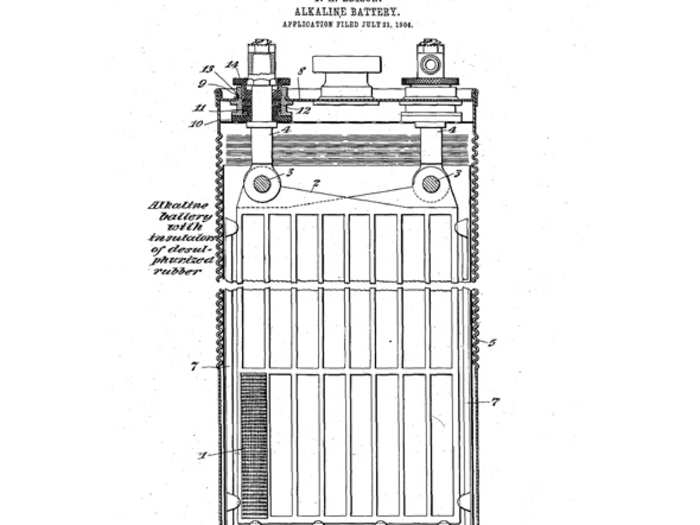
Click here to read the complete patent (7/31/1906)
Source: Thomas Edison Papers
CEMENT: While cement already existed, Edison improved the manufacture, notably using the rotary kiln. His developments as well as his company, Edison Portland Cement, made the product commercially available.
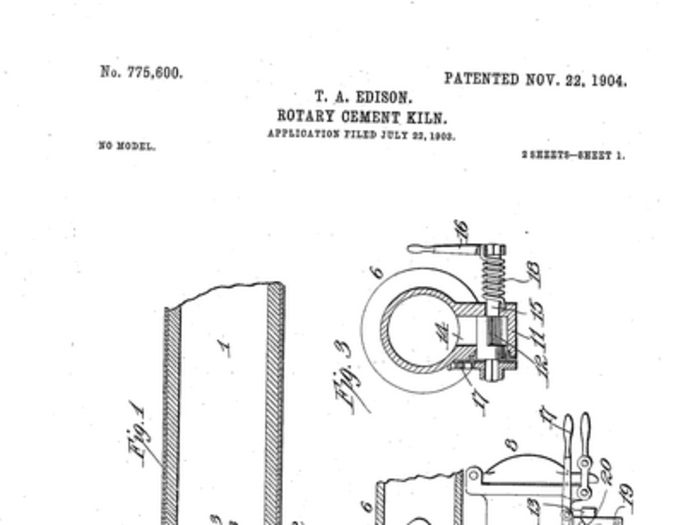
Click here to read the complete patent (11/19/1909)
Source: Thomas Edison Papers
Edison helped create the future. Now see what other visionaries saw.

Popular Right Now
Advertisement